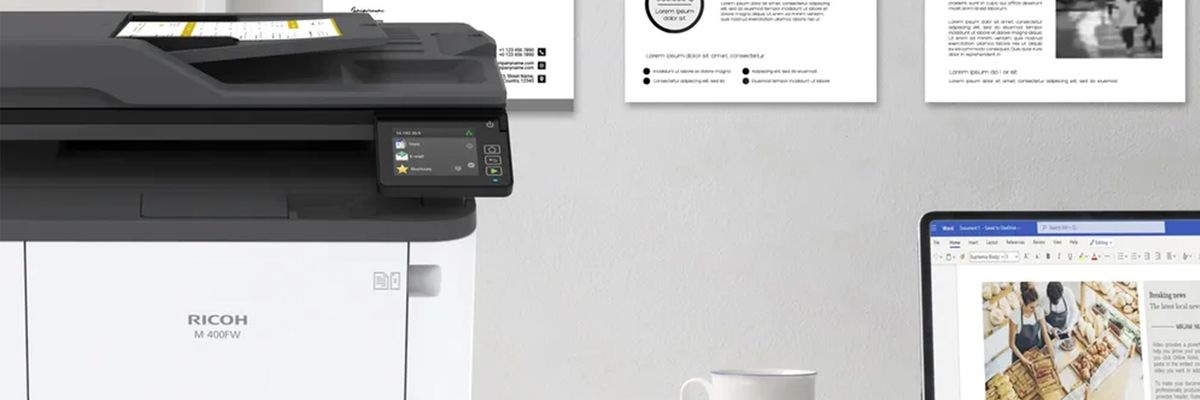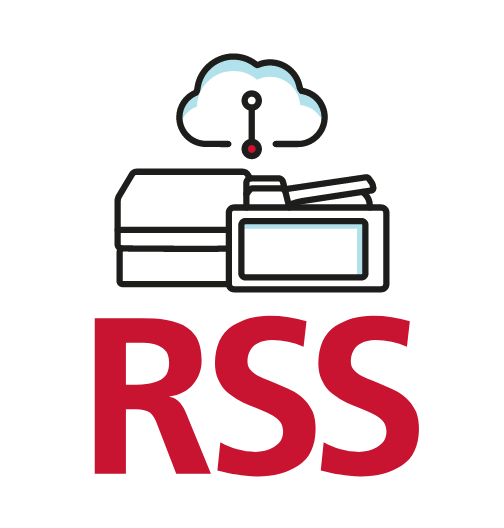
The Future of DaaS and Integrated Device Management in IT Infrastructure
In an increasingly digitized world, companies are looking for flexible and scalable IT solutions to optimize their operations. One of these solutions is the Device as a Service (DaaS) model, which allows organizations to access devices as servicesunder a subscription scheme, reducing costs and improving comprehensive device management.
In addition to these operational and financial benefits, DaaS contributes to improving the workplace experience by providing modern and efficient technology. This enables employees to perform their duties with greater comfort, productivity, and safety, optimizing internal operations and strengthening the work environment.
What are the benefits of DaaS?
Before adopting DaaS, it is essential to know its benefits. This model provides:
- Cost optimization: Reduces initial investment in hardware and maintenance.
- Constant updating: Allows companies to have state-of-the-art technology without unforeseen costs.
- Improved security: Devices come with updated software and comprehensive centralized device management.
- Increased operational efficiency: Reduces the burden on the IT team, allowing them to focus on strategic tasks.
Infrastructure as a Service and its relationship with DaaS
The future of Device Management is closely linked to the Infrastructure as a Service (IaaS) trend. As companies migrate to the cloud, having a flexibleIT infrastructurebecomes essential. The combination of DaaSwith Infrastructure as a Service enables more efficient management of technology resources, ensuring scalability and operational continuity.
To take full advantage of DaaS, it is crucial to implement an adequateIT infrastructure. This includes:
- Assess current and future technology needs.
- Integrate IT solutionsfor device management and monitoring.
- Ensure compatibility with cloud systems and collaborative tools.
An efficient implementation ensures that the transition to Integrated Device Management is smooth and beneficial in the long term.
Market Trends and Predictions
Market trends indicate that the DaaSmodel will continue to evolve with advances in artificial intelligence, automation, and security. Some key predictions include:
- Increased adoption in SMEs: Companies of all sizes will see a cost-effective and efficient alternative.
- Integration with IoT and 5G: Faster connectivity and smart devices will power the model.
- Focus on cybersecurity: Solutions will include advanced protection measures.
Ricoh Device as a Service y Ricoh Workplace Managed Services
Ricoh Device as a Service offers a comprehensive solution for companies looking to modernize their IT infrastructure without high initial investments. Through this model, organizations can access devices as services with maintenance and support included.
On the other hand, Ricoh Workplace Managed Services complements IT solutions and IT management, ensuring an efficient and secure operation. From remote device management to resource optimization, these solutions allow companies to focus on their growth while Ricoh takes care of the technology.
Preparing for the future means understanding its benefits, integrating the right IT infrastructure, and staying on top of market trends. With solutions such as Ricoh Device as a Serviceand Ricoh Workplace Managed Services, companies can optimize their operations, reduce costs, and stay ahead in a constantly evolving technology environment.













